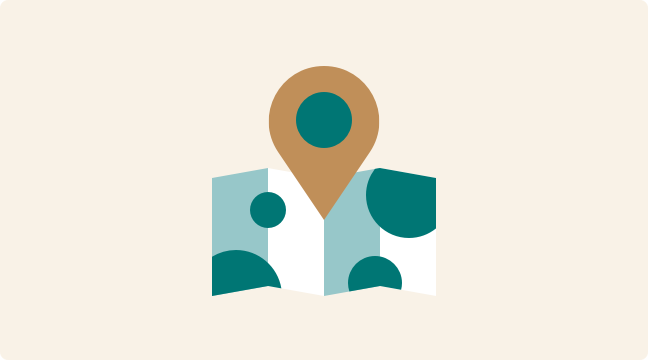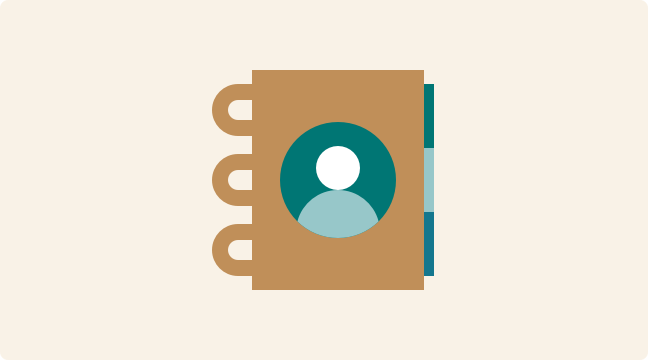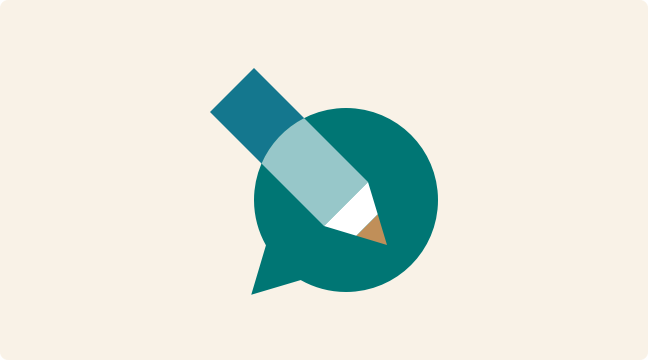May 10
Experiencing Consciousness While Dreaming
How to Lucid Dream
Lucid dreaming is a topic that we hear about often in our society but, for most, it seems more of a fantasy than a reality. We watch stories about lucid dreaming in movies and TV shows, and many fictional books include this concept. But lucid dreaming is much more than fantasy. There’s actually some science behind it. And though lucid dreaming is known to happen spontaneously, it is a state that many of us can reach with practice and understanding. In fact, according to a recent study, 55% of people have experienced at least one lucid dream in their lifetime. And it all starts with having a strong grasp on your conscious mind.
The more you do this, the more you train your brain to differentiate between the dream state and full, waking consciousness.
The more you train yourself to recognize your consciousness and the different states and Focus levels you can take it to, the easier it can be to lucid dream. It all comes down to recognizing your own consciousness as you shift into the dream state. If you are able to maintain consciousness as you enter into REM sleep, you can experience lucid dreaming. And there are many techniques that can help you get there. Let’s discuss some of the most popular tools to help you learn to lucid dream.
Reality testing
Training your mind to respond to certain stimuli is a potent technique. Developing that habit is a simple matter of repetition.
For instance, the more you ask yourself if you are dreaming, more likely you’ll eventually ask yourself this question and find that you are, in fact, dreaming. Training yourself to mentally check in, in this way, increases metacognition. It’s a simple way to remind yourself to focus on your consciousness.
The more reality tests you do while awake, the more easily you can do them as you fall asleep, until you arrive at a place where your answer is, “Yes, I’m dreaming.” To try this, pick a night or two where you can sleep in, and set an alarm for every two hours. When you briefly wake up, ask yourself if you are dreaming. Eventually, after waking continuously, you may find it easier to lucid dream.
Other forms of reality checks include—
- looking at your hands and feet closely. Do they appear to be your hands or feet? If not, you’re dreaming.
- looking at a clock to see if it stays consistent or if the time keeps jumping around
- pushing your index finger into the palm of your hand. Does it pass through? You are dreaming!
The more you do this, the more you train your brain to differentiate between the dream state and full, waking consciousness.
Mnemonic induction
One of the first methods using scientific research to induce lucid dreams was the Mnemonic Induction of Lucid Dreams method (or MILD). This method has you setting an intention to do something later. As you fall asleep, think of a recent dream or any dream signs that reoccur within your dreams. Think about that dream and hope to return to it. If you do this every night and tell yourself, “I will know when I am dreaming,” you are more likely to lucid dream.
Wake yourself up in the middle of the night
Wake-Induced Lucid Dreaming (WILD... This type of lucid dreaming takes practice, but the more you can control your focus as you fall asleep, the more proficient you become.
Another known method to induce lucid dreaming is to wake yourself up in the middle of the night. Set an alarm for roughly 5 hours after your bedtime and stay awake for a small amount of time while resting or performing a light activity (such as reading). Then, as you fall back asleep, you are more likely to drift into a lucid dream if you focus on keeping your conscious mind alert.
Other tips for lucid dreaming
It’s important to note that as your lucid dreaming skills improve and you are able to enter that dream state more frequently, you have the opportunity to become better at Wake-Induced Lucid Dreaming (WILD). This happens when you lie down and begin to fall asleep. With this method you can control your consciousness so well that you begin to experience hypnagogic hallucinations that occur as you fall asleep. This type of lucid dreaming takes practice, but the more you can control your focus as you fall asleep, the more proficient you become.
Keeping a dream journal is a particularly good way to help yourself get better acquainted with your dreams. When you continually write down and re-live your dreams, you may remember signs and objects that commonly appear in them. Noticing these items frequently while you dream can help enhance your awareness. Recognizing one of these signs while dreaming could become the key to helping you gain consciousness while in your REM cycle.
Usually, every aspect of your dream world represents a part of you.
The benefits of lucid dreaming
Lucid dreaming has been known to reduce anxiety, to allow you to play and have fun when you really need it and even to dispel phobias or tackle traumas. Usually, every aspect of your dream world represents a part of you. When you can understand and face a reoccurring nightmare, you can help your well-being in the real world, too. Of course, lucid dreaming can also easily boost your creativity and give you some great inspiration.
All methods of lucid dreaming require you to be aware of your consciousness. The more we are present in the moment and in control of where our focus lies, the easier it is to hold onto that control as you fall asleep. So, the real first step in tackling lucid dreaming is to have a better understanding of your own consciousness. From there, the possibilities are endless.
Join Thomas Hasenberger and Luigi Sciabarella for their Introduction to Lucid Dreaming online course.
Don't Wait! Sign up for Gateway Voyage today.
Learn MoreMalorie Mackey
Actress, author and adventurer



